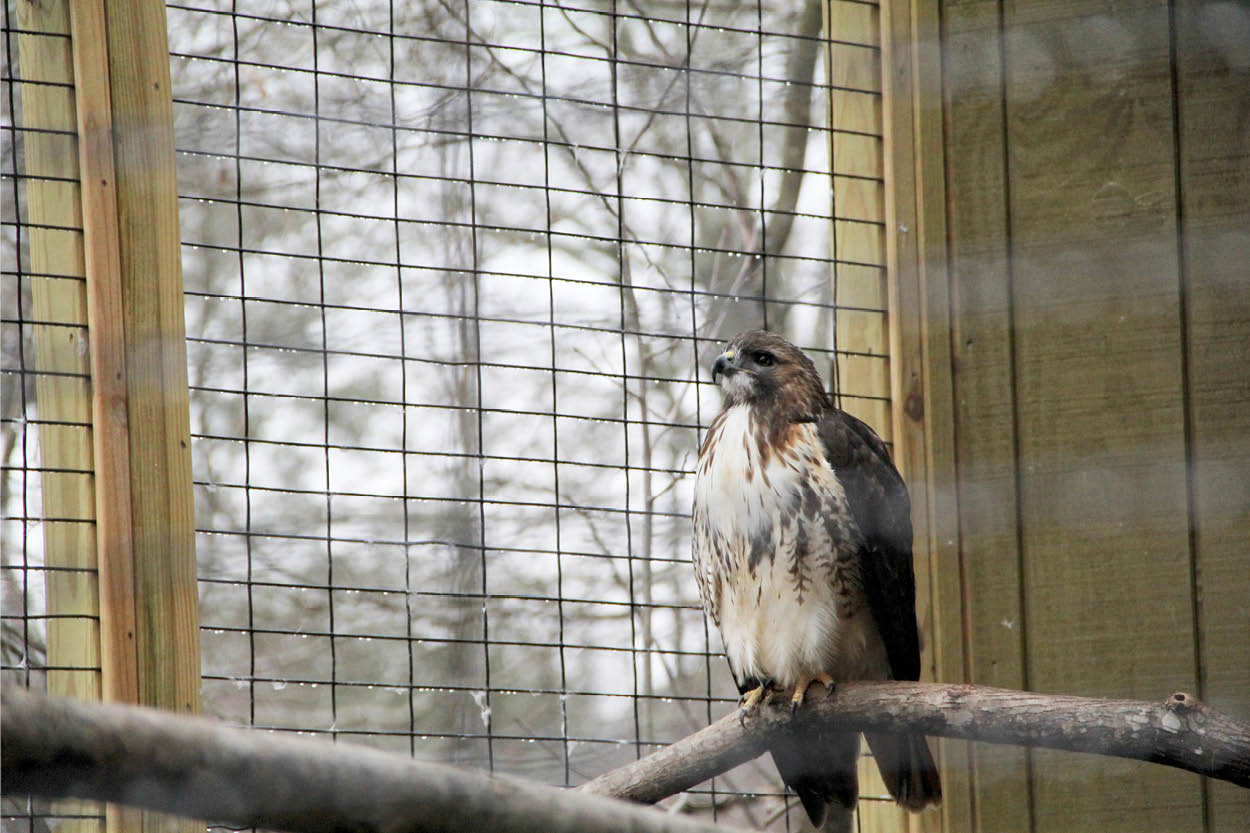How Rain Affects Wildlife
Discover How Rain Impacts Animal Behaviors

By Kathryn Dudeck
We have been experiencing a lot of summer storms lately. We know how rain affects us but have you ever wondered how rain affects wildlife? We talked to Wildlife Director, Kathryn Dudeck to find out some ways that the rain affects wildlife.
Nocturnal animals such as raccoons, opossums, and coyotes are seen more commonly during the day if it has been consistently raining the night before. Because prey (rabbits, rats, mice, etc.) does not often come out in the rain, the predators don’t come out to hunt. Once the rains clear, no matter what time of day or night, the animals will all come to forage and feed. This is similar to humans making a late-night run to the grocery store.
While some animals such as frogs and toads relish the rains (and in some cases are triggered by rainfall to mate), others such as songbirds and raptors usually lie low. The feathers of these birds weigh more than their skeleton so if they get drenched, they are unable to fly. Even some of our long-time resident raptors at CNC will not eat when it rains, despite having covered areas in their enclosures.
For large migratory species like Sandhill Cranes who navigate hundreds of miles each day, storms and their accompanying winds can blow them off course. Therefore, these birds find suitable wetlands, a pond, or a lake and wait it out until the weather improves. An additional plus to this tactic is that they are often able to ride the thermals behind the storm so they won’t have to extend as much energy as they would in calm air. You can find out more about Sandhill Cranes and their migration habits here.
The steady rains we can experience at times may be a bit depressing for some of us, but smaller migratory waterbirds like rails and wood ducks love it! The wetlands are recharged and full, allowing for numerous stop-overs for resting, foraging, and feeding.
